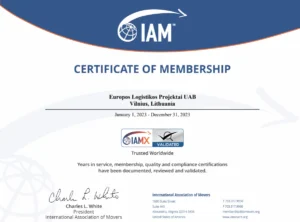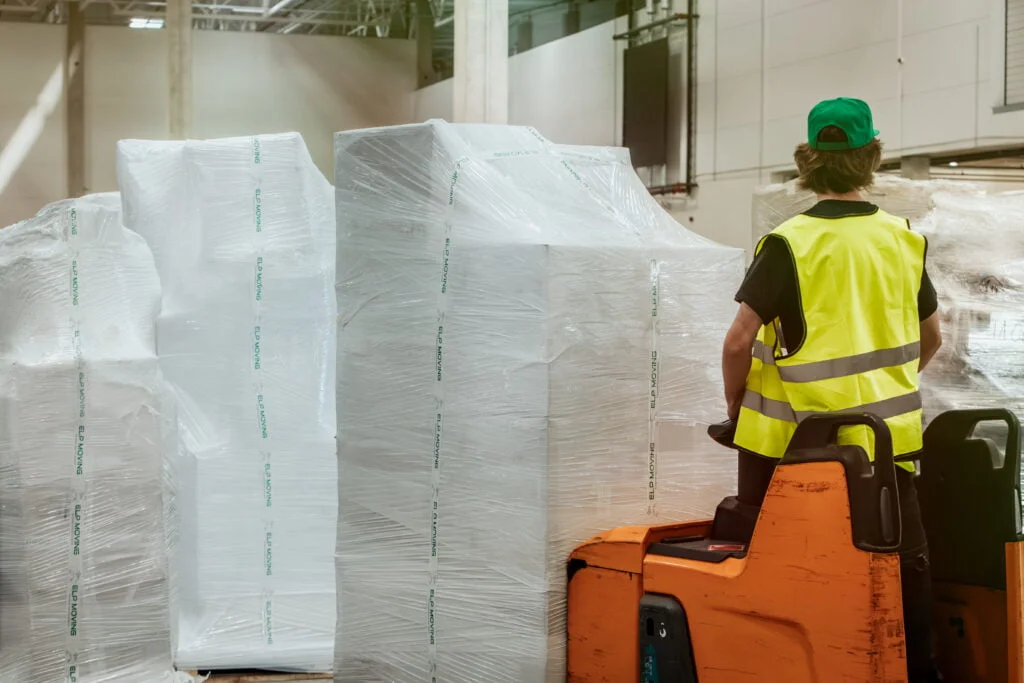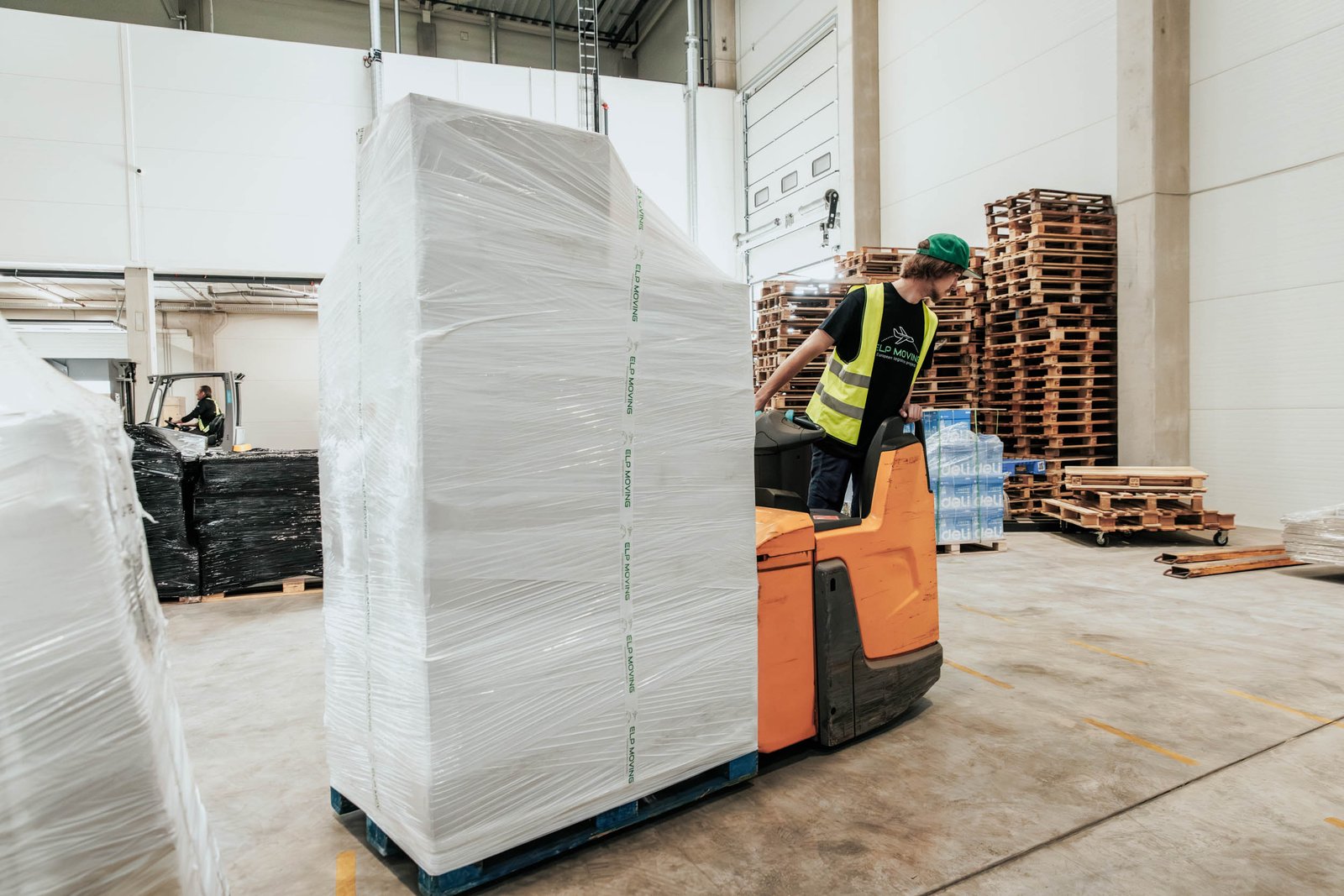
Hassle-Free Removals to France
This is our specialty. We can provide a comfortable move to a new place with transportation of all your personal belongings
Looking for a hassle-free and smooth removals experience to France?
ELP Moving is here to make your relocation seamless and stress-free. With our expertise and dedication to customer satisfaction, we handle every aspect of your move, ensuring a smooth transition to your new home in France. From meticulous planning to reliable transportation, customs clearance, and timely delivery, trust ELP Moving to provide you with the ultimate removals experience to France.

Tailored Solutions for Your Unique Move to France
At ELP Moving, we understand that each move to France is unique, and we are committed to tailoring our services to meet your specific needs. Our experienced team will work closely with you to understand your requirements, preferences, and timelines.
Whether you’re moving to the bustling streets of Paris, the charming countryside of Provence, or any other destination in France, we will create a customized moving plan that suits your individual needs.
Our comprehensive approach encompasses every aspect of your move, from packing and transportation to logistics and delivery. You can rest assured that we will handle every detail with precision and care, providing you with peace of mind throughout the entire process.
We offer flexible options to suit your needs, including smaller loads from 2 cubic meters or full home removals on a turnkey basis. Our services include the transportation of :
- furniture,
- beds,
- sports equipment,
- sculptures,
- artwork,
- and any other interior details.
Let us take the stress out of your move and ensure your belongings arrive safely and on time. Contact us today for a hassle-free international removal experience.
Professional Packing and Secure Transportation
Your belongings are not just items; they hold sentimental and financial value. We understand the significance of your possessions, and that’s why we prioritize their safety and security. At ELP Moving, our team of professional packers is trained to handle items of all shapes, sizes, and fragilities.
We use high-quality packing materials and proven techniques to ensure maximum protection during transit to France. From delicate antiques to bulky furniture, we take extra precautions to safeguard your possessions, ensuring that they arrive in the same pristine condition as they were packed.
Our commitment to excellence in packing and transportation means that you can trust ELP Moving to handle your treasured belongings with the utmost care and attention they deserve.


Streamlined Customs Clearance and Document Assistance
Navigating customs procedures can be daunting, especially when moving to a new country like France. With ELP Moving, you can rely on our expertise in French customs regulations to simplify the process for you. Our experienced team is well-versed in the intricacies of customs procedures, ensuring compliance with all requirements.
We will guide you through the entire customs clearance process, handling all necessary documentation and paperwork. From organizing and preparing the necessary paperwork to coordinating with relevant authorities, we take care of the details, ensuring a smooth and efficient customs clearance process.
Our goal is to minimize any potential delays or complications, so that your belongings can smoothly enter France, allowing you to focus on settling into your new home with ease.
Why choose ELP MOVING LTD for your international removals?
Using our services will help you save time, money and relieve stress of international moving. We provide you with a number of useful benefits:

Affordable rates
- Competitive rates – Our pricing is highly competitive within the industry, ensuring that you get the best value for your money.
- Transportation of your cargo will not cause significant financial loss or unforeseen expenses.

Professional service
- Personalized service from our team of experienced specialists who work directly with clients to offer tailored solutions for any situation.
- Expert guidance on the nuances of cooperation to ensure a smooth and hassle-free experience for our clients.

Rational logistics solutions
- Optimal transportation routes and methods are carefully selected to ensure the efficient and timely delivery of your belongings.
- Our team utilizes appropriate equipment and storage techniques to ensure your items are safely and securely placed during transit.

Flexible options
- We provide a wide range of options to meet your requirements, including full home removals or smaller loads on a turnkey basis.
- Our solutions are customizable and can be tailored to meet your specific needs, ensuring you get the services you need without paying for anything you don’t.
How we operate:

1. Initial Consultation
- Submit a form on our website
- Our team will contact you to discuss your needs and requirements
- Approximate list of items is clarified
- The estimated cargo volume in cubic meters will be calculated.
- All costs, including transportation, packaging, and insurance, will be discussed and agreed upon.
- The necessary documents and packaging materials will be prepared.
- The contract will be reviewed, signed, and finalized.

2. Professional packaging
- Your belongings are packed professionally using high-quality packaging materials suitable for international shipping.
- Each box is marked and counted to ensure that everything is accounted for.
- Oversized cargo is packed in individual packaging to ensure safe transportation.
- Employees and the owner sign the final list of packed items for customs declaration.

3. Documentation
- Customs clearance of cargo is arranged
- Permits for the transport of valuables are obtained if needed
- All necessary accompanying documents for the cargo are prepared
- Any additional documents required for the shipment are provided

4. International shipping
- Your cargo will be delivered to one of our secure warehouses.
- We will sort your cargo and prepare it for international shipping.
- We will ensure all necessary documents are reconciled.
- We will handle the customs clearance process for you.
- We will safely send your cleared cargo to its final destination.

5. Delivery to the door
- Prompt delivery to your desired location
- Delivery scheduled to suit your convenience
- Flexible storage options available at our warehouses
- Verification of documents before unloading your belongings to ensure safety and accuracy.

6. Additional services
- Expedited clearance and departure of your cargo
- Room delivery and special equipment for oversized items
- Unpacking of your belongings
- Furniture and interior item assembly
- Removal of any remaining packaging waste


Working with us will ensure:
- Timely delivery of your belongings, so you can be sure that they’ll arrive when you need them.
- Expert handling of customs procedures, ensuring that your move is free from unexpected problems or delays.
- No wasted time, as we work efficiently to make sure that your move is completed as quickly as possible.
- No unnecessary financial losses, thanks to our competitive pricing and careful management of your move.

Certificates and awards






Find out how much your move will cost
Submit details about your move for a free consultation and no obligations quote. We will calculate a completely personalised quote based on information you provide.


What our customers are saying:
I will definitely recommend your company to my friends.
The best transport company. Real professionals. Quickly and efficiently.
Now all transportation is only with you.
What pleased me most was the packaging of the things: nothing was broken and everything was folded very carefully) well done!
Thank you very much – everything was delivered very carefully indeed!












